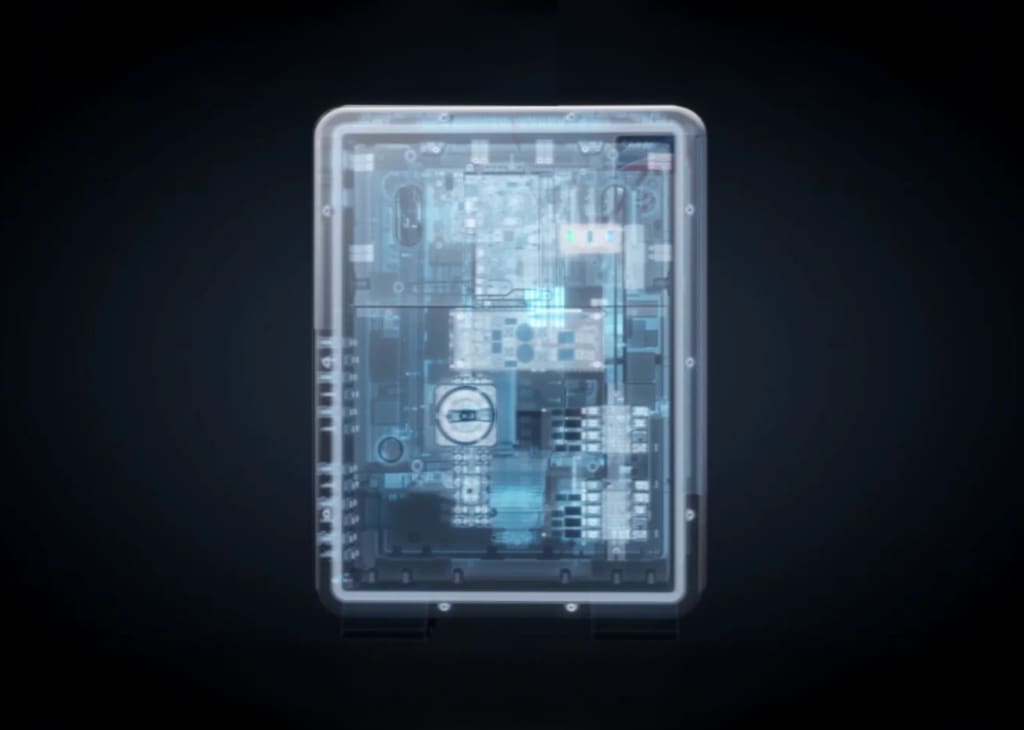Solar Power Generation 2014 – A look back

Last month’s Solar Power Generation USA conference brought together more than 200 of the brightest minds in our industry to discuss the latest solar technology and a collective vision for the future of grid-tied solar.
Attendees at this year’s event were treated to numerous lively and thought-provoking discussions on innovations, trends and challenges being faced industry-wide.
As colleagues from across the industry passed through the SMA booth, many agreed that these are truly exciting times for our industry. Yes, that excitement brought a drawback: as public acceptance of distributed solar power increases, our industry is met with mixed reactions from other stakeholders, like utilities.
Key takeaway – integrating distributed power
I had the pleasure of speaking on a panel discussing challenges our industry is facing with safely integrating high levels of distributed power from renewable sources like solar into the U.S. electric grid—a topic that may single-handedly shape the future growth of our industry domestically.
As our overall percentage of power generated from solar increases, our industry is seeing a change in acceptance from utilities. Once accepting of solar as a niche market, they are now discouraging high levels of distributed generation, calling into concern grid stability and solar’s intermittent power production.
However legitimate these concerns may be, solutions exist and they lie in inverter technology. The U.S. market is very fortunate to be maturing when it is; European manufacturers have already faced this problem and developed solutions that can quickly and efficiently alleviate our local grid stability concerns.
SMA is in a unique position to implement these smart inverter changes, as they’re commonly referred to, with our Denver produced, -US series inverters. We’ll be able to accomplish in two years what it took our European colleagues ten years to implement.
It’s because of those smart inverter changes that our German colleagues recently celebrated solar power producing 50 percent of their nation’s midday power demands without jeopardizing grid reliability. If it’s possible there, it’s possible here!
The lessons learned by SMA’s German counterparts will be invaluable as solutions are developed here in the U.S. to ensure grid stability and promote distributed power generation. Though solar power is the future, smart inverters will be the vehicles taking us there.
Want to learn more?
Prior to the event, SMA and San Diego Gas & Electric held a webinar to dive deeper into the topic of distributed PV integration and the future possibilities of a smart grid environment. For anyone interested in hearing the archived discussion, click here.




Feel free to contribute!